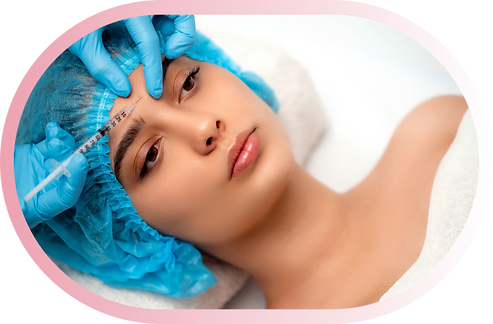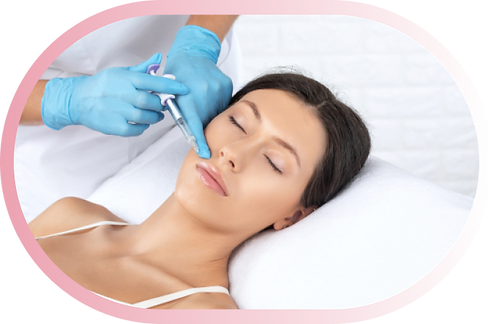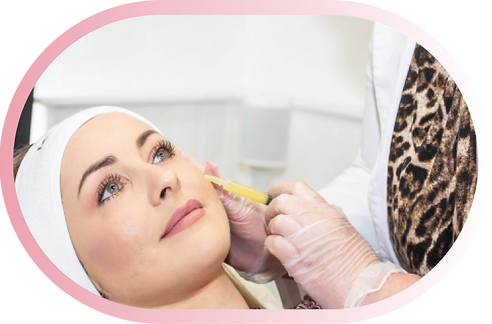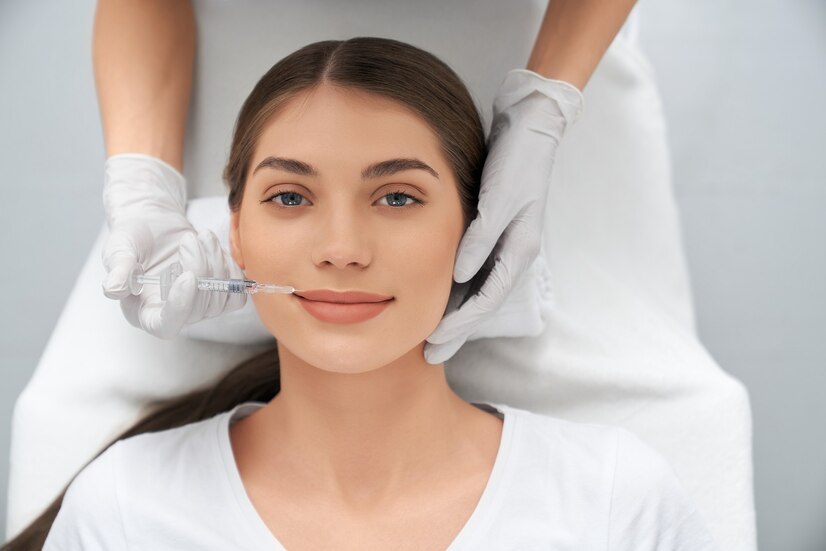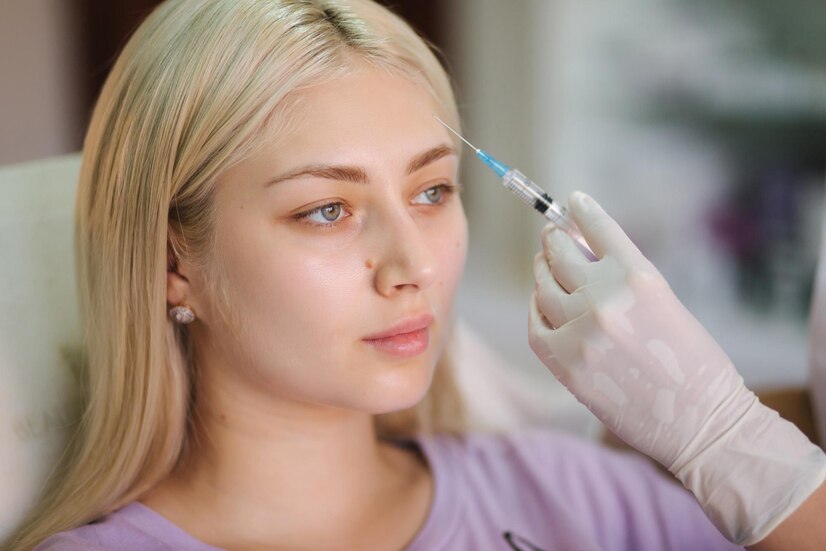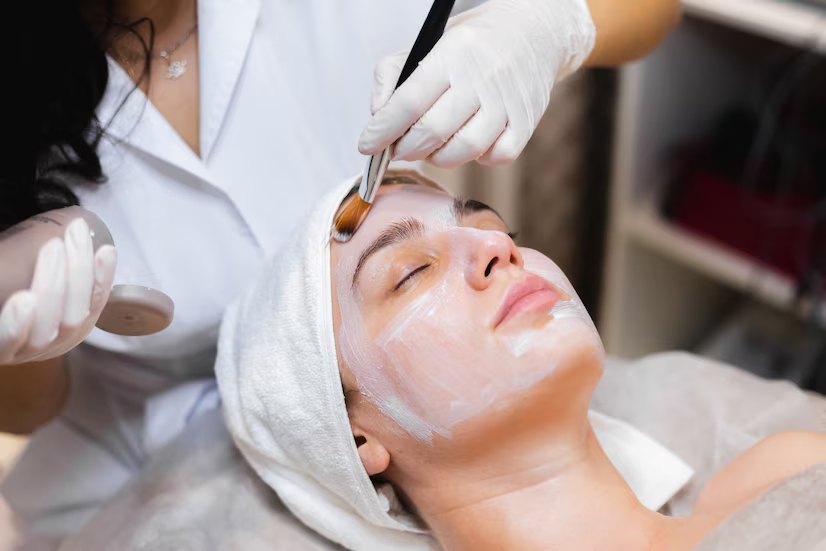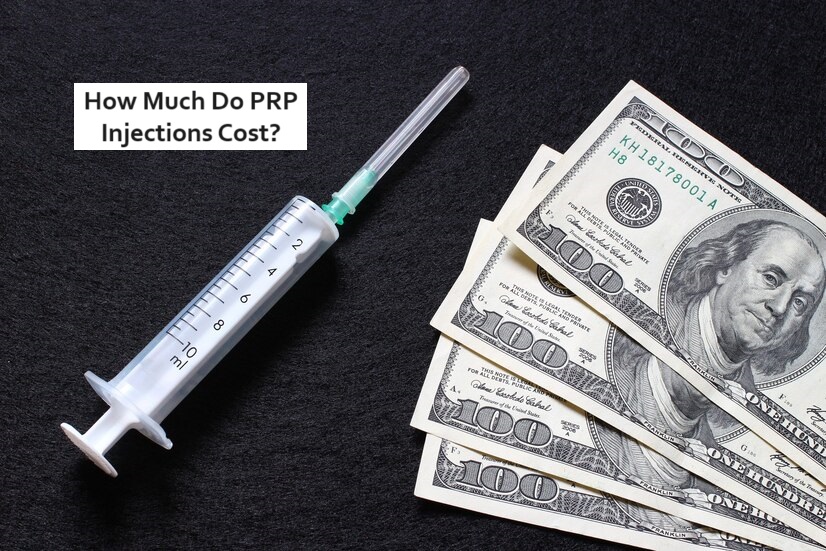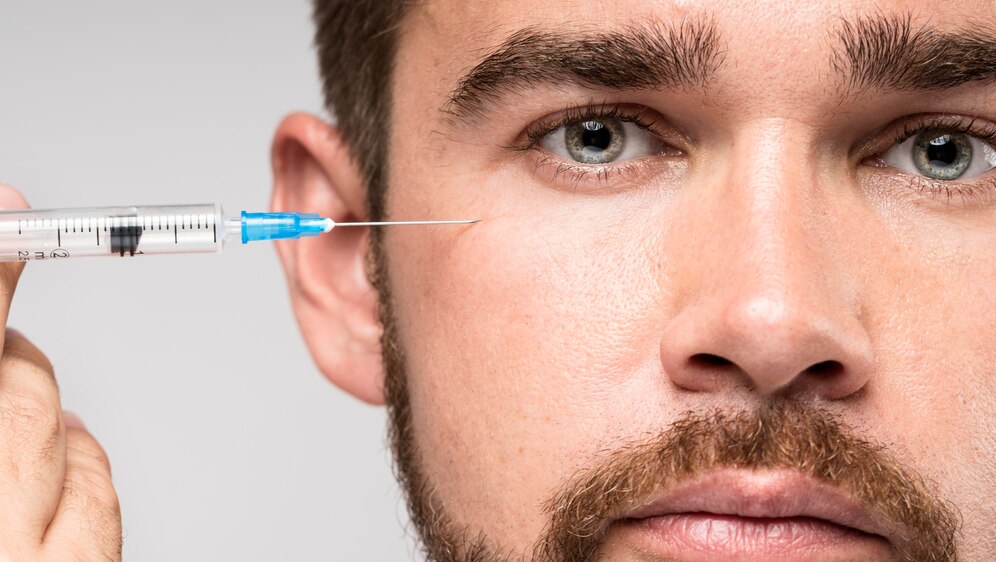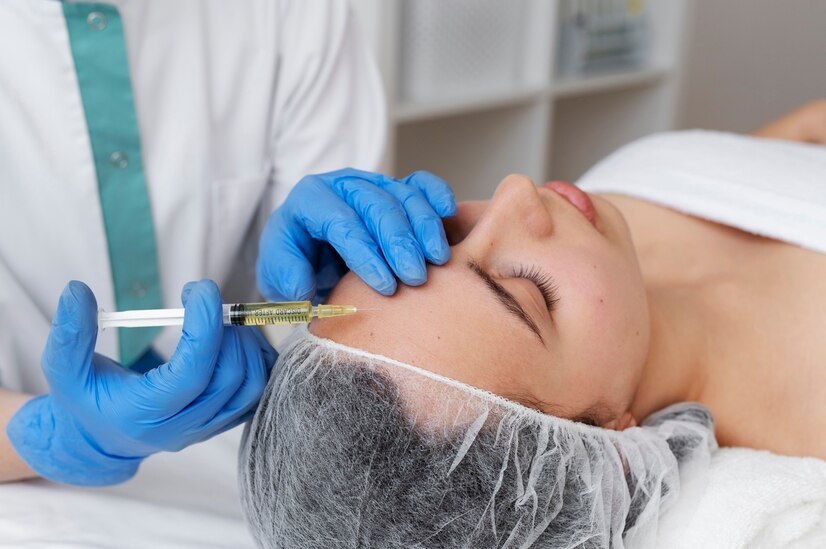Lip filler remains a sought-after cosmetic enhancement due to its simplicity and the potential for remarkable results when administered by a skilled, certified skincare provider. This procedure attracts countless individuals each year.
If you’re considering lip fillers for yourself, or simply want to understand more about the process, you’re in the right spot.
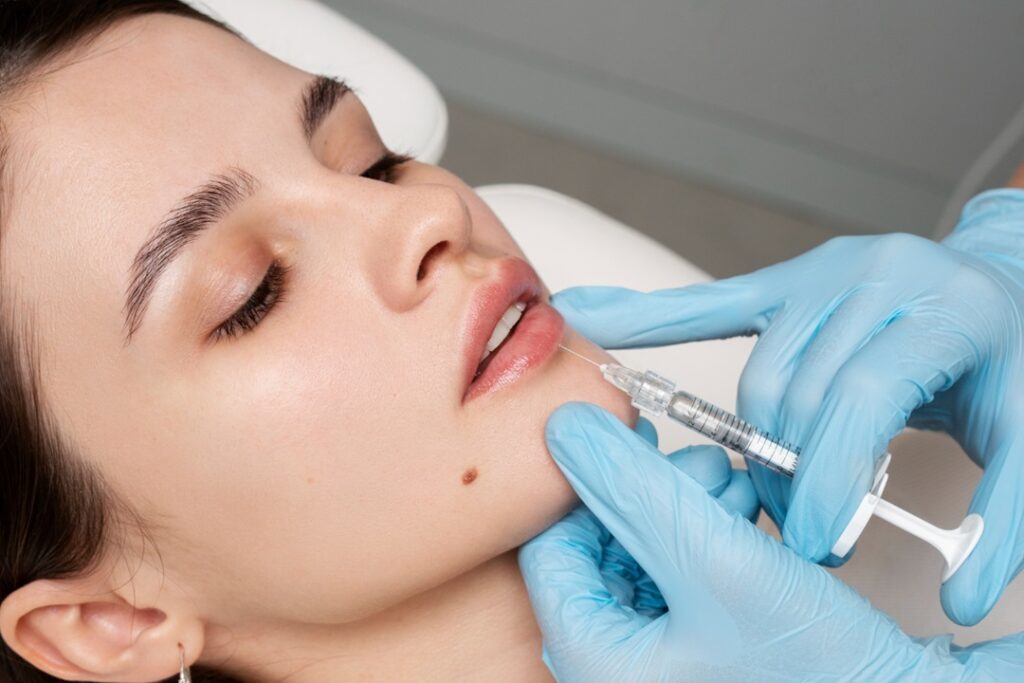
At Personal Touch Aesthetic, our advanced practice providers are eager to assist you in achieving the lips you’ve always envisioned.
We’re here to share insights on what to anticipate before, during, and after your lip filler appointment, including the usual stages of swelling associated with lip fillers, so you can proceed with your session feeling assured.
Understanding How Lip Filler Works
Lip fillers, an aesthetic treatment similar to Botox or Dysport, involve injecting a substance to enhance and shape certain areas, as opposed to using neuromodulators that immobilize muscles.
Personal Touch Aesthetic provides various lip fillers, like Juvederm and Restylane (Sculptra is not designed for lips).
Most dermal fillers comprise one of the following active ingredients: hyaluronic acid (HA), poly-lactic acid (PLLA), or calcium hydroxylapatite (CaHA).
For your information, Juvederm and Restylane are based on hyaluronic acid, while Sculptra promotes collagen through poly-lactic acid.
Injecting fillers into the lips boosts support and reshapes the tissue underneath for aesthetic enhancements. Studies tout the safety and effectiveness of lip fillers, and most participants are pleased with their outcome.
Is Receiving Lip Filler Painful?
While needles may cause some level of discomfort often exacerbated by anxiety, most individuals do not find it unbearable – though personal pain thresholds play a role.
Before injections at Personal Touch Aesthetic, we apply a numbing cream, and both Juvederm and Restylane contain lidocaine to lessen discomfort.
Stages of Swelling After Lip Filler Injections
It’s important to understand that healing times can vary from person to person after receiving lip filler injections. Several factors impact this variance, including an individual’s general health, immunity, and prior medical conditions. Nonetheless, most individuals tend to go through certain common stages of swelling post-procedure. The principal variation is typically in the duration one spends in each respective stage.
IMMEDIATELY AFTER A LIP FILLER PROCEDURE
Redness and swelling are typical immediate post-injection responses, reflecting the body’s reaction to the minor “trauma” from needle punctures and the introduction of a foreign substance, despite its natural composition.
Usually, redness and swelling subside within hours, but should they persist after three to five days, it’s crucial to consult your healthcare provider.
Swelling may cause temporary lip asymmetry that can last a few weeks while the lips settle. Avoid massaging the lips to prevent inadvertently dispersing the filler.
To minimize side effects, refrain from makeup and vigorous exercise on the day of and following the procedure, and dodge prolonged sun or heat exposure for 72 hours.
DAY ONE
The following morning, you may experience peak swelling, with a noticeable size difference favoring the upper lip. This is a normal stage of the healing process; swelling should decrease throughout the day. Use cool compresses if your provider advises, and sleep with your head elevated to mitigate morning swelling. Tylenol can alleviate any expected sensitivity.
DAY TWO
On the second day of the healing journey, swelling will have noticeably lessened, and should completely dissipate after 48 hours, along with any injection-related discomfort.
DAY THREE
By the third day, you’ll begin to see a truer representation of the final results. Swelling should no longer be present, and eating and speaking will feel more natural.
Be patient as you adapt to the feel of your enhanced lips, which may temporarily affect speech or eating.
TWO WEEKS
Two weeks in, lip normality should resume. Slight sporadic swelling may occur, but you won’t need to pay much attention to your lips.
By now, adjustments to changes in eating or speaking should have been made. Dental procedures and additional skin care treatments can be safely scheduled from this point.
FOUR WEEKS
After a month, the lips you see will likely be the long-term outcome. If the results aren’t fully satisfactory, or if you desire additional filler, now is the time to reach out to us for a follow-up. We retain your dermal filler syringes for eight weeks post-injection for potential touch-ups.
Beyond the Normal Swelling Timeline
Persistent swelling beyond a month warrants serious consideration. Rarely, a late-onset inflammatory response might occur in persons who have received HA-based injections such as Juvederm and Restylane. Typically self-resolving, this can happen between 4 to 14 months post-procedure.
Duration of Lip Filler Effects
The longevity of lip filler effects is shaped by the type and volume of filler used, along with individual metabolic rates, typically lasting 6-12 months.
Should you forgo future lip filler treatments, your lips will gradually revert to their pre-treatment state, as the body naturally breaks down the filler. Remember, you can always opt for more filler later on.
In Conclusion… Waiting for lip filler treatments?
Personal Touch Aesthetic is ready to consult with you to help you accomplish your desired lip appearance. With knowledge of what to expect with lip filler swelling stages, you can approach your appointment with a clear perspective and strategies to minimize post-injection side effects.
Read More Related Post
How long do different types of lip fillers last?
Lip Fillers 101: Your Comprehensive Guide to Achieving the Perfect Pout


